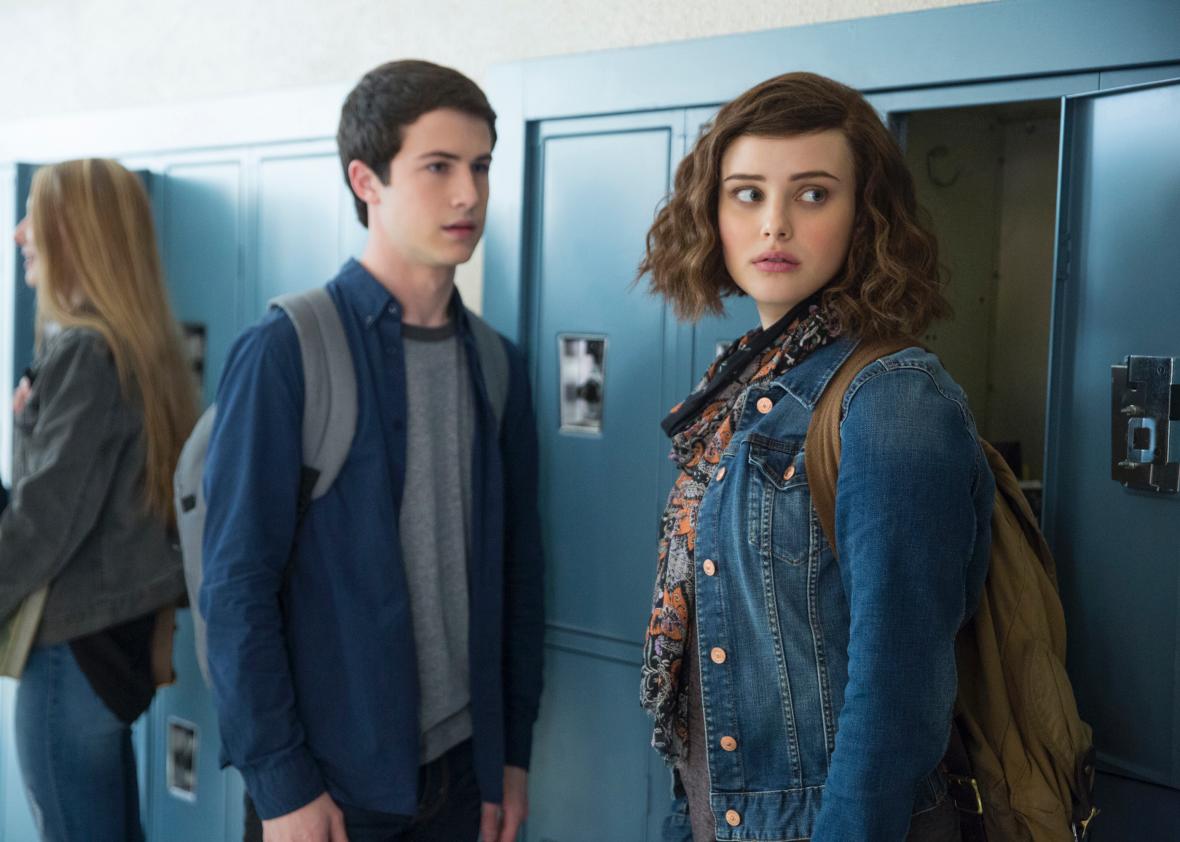A Dangerous Portrayal
Netflix’s new show misses the mark.
When Selena Gomez’s passion project 13 Reasons Why hit Netflix at the end of March, it was an immediate and resounding success. Based on the best-selling novel by Jay Asher, the thirteen episode series is now regarded as the most popular Netflix show of all time.
The plot revolves around Hannah Baker, a high schooler who commits suicide and leaves thirteen mysterious cassette tapes, each one describing a how a different person in her life was responsible for her death. The show gained popularity with teenagers enthralled by the addictively suspenseful plot, and overall it is a series that combines strong writing, acting, and production. However, it’s also extremely problematic.
This is not a complex storyline of teenage mental health, but rather a dramatic and exaggerated revenge fantasy. The idea of one taking their own life is glorified as Hannah gains significant power, love, and respect following her death. It also simplifies suicide, as the show chooses not to discuss mental health or more specifically, depression. Although the National Alliance on Mental Illness states that ninety percent of people who commit suicide suffer from mental illness, this is a narrative that is completely absent.
The author, and then the writers and producers that followed suit half heartedly
tempted to accurately represent suicide—instead of including authentic motives, they focused on creating a dramatic and far-fetched plot. These are the qualities that led the show to gain the kind of success it did.
Furthermore, the show revolves around assigning blame to the people in Hannah’s life. Each episode explains how a different person is at fault for her suicide. Although the people who bullied Hannah should be held accountable, explicitly calling them out in the tapes establishes eternal guilt and responsibility. This creates the dangerously false idea that there is always someone to blame for suicide.
The underlying moral of the series is to be kind, because you never know what others are going through. This isn’t a wrong or incorrect message, but it isn’t enough. People who are seriously considering suicide re
quire professional help. The show instead suggests that kindness and compassion alone can save lives.
Arguably the most controversial aspects of the show are the graphic rape and suicide scenes. Many who worked on the show defended this choice, saying that they didn’t want to shy away from heavy topics. There are warnings at the beginning of the episodes containing the graphic material, however, there are still consequences. Mental health experts believe that the vivid and explicit suicide scene can inspire copycats.
The National Institute of Mental Health states that the risk of suicide increases when specific details of the method are divulged publicly, saying “We do not recommend that vulnerable youth, especially those who have any degree of suicidal ideation, watch this series. Its powerful storytelling may lead impressionable viewers to romanticize the choices made by the characters.”
13 Reasons Why could have been be a crucial instrument in bringing attention to teen suicide and mental health. The intentions of the story are positive, however, the plot suggests that suicide is used as a tool for revenge, instead of the result of an ongoing battle with depression.
If you or someone you know is having suicidal thoughts, call the National Suicide Prevention Lifeline at 1-800-273-8255. You can also visit Rosie Moore in the Teen Health Center or contact her at [email protected]





